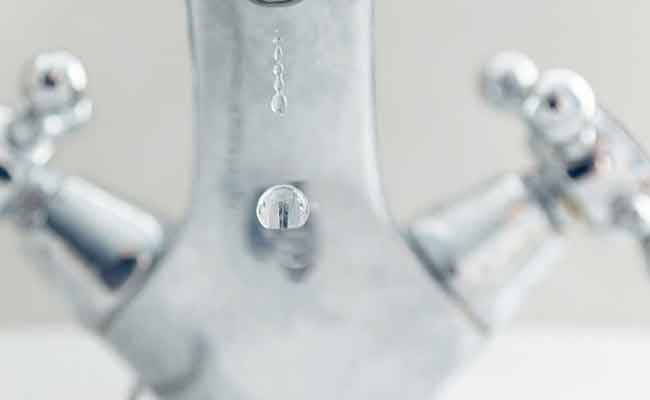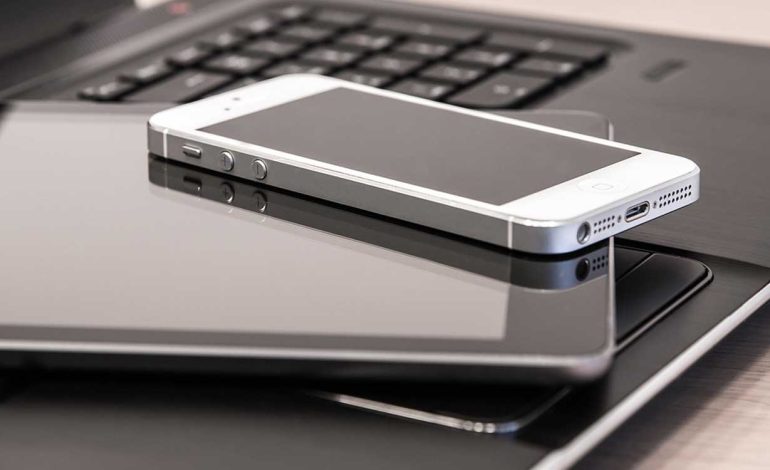With new habits you can do a lot to reduce your daily water consumption in the bathroom.

The vast majority of our daily water use occurs in the bathroom. It is here that we take a shower, brush our teeth, wash our hands and use the toilet. So looking at it with our water-saving glasses on, there are many things to optimise – for the benefit of the environment and the money saved.
A family of four uses approximately 140 cubic metres of water annually, which has a significant environmental and financial cost. You can save a lot of water by taking less time in the shower as this is where we use the most water, and you quickly use 12 litres while you are soaping up, so during the hot summer months it might not be a bad idea to turn off the shower while you soap up.
Another recommendation is that you change or modify your shower. You either obtain a shower which is specially designed as a water reduction shower, or you can put a new perlator between the shower head and the hose, so you get an immediate effect. In Cape Town, South Africa, the latter was used by many hotels as part of an effort to reduce water consumption, during the present water shortage crisis.
A perlator is a small plastic dummy with holes in it like a sieve, that is screwed onto the end of taps, or placed at the end of the shower hose, that mixes air into the water, so you consume less. Use of perlators can make a significant difference, since we will make use of it every single day, therefore you can make some savings without really sacrificing comfort.
For example, with a perlator you can go from using 15 litres of water per minute to just 6 litres per minute. So a water reduction shower can in many cases halve your water consumption while you bathe, which, depending on the length of your showers, can save over 10 cubic metres a year for a family of four.
Another big water trap in the bathroom is the toilet, and here there are also many good water saving tips. It is important to make sure that your toilet is not leaking, which can be difficult to see and hear. If you live in a hard water area, you may find limestone deposits down the back of the toilet bowl. You can also check for leaks by placing a piece of toilet paper on the floor at the back of the toilet, if it gets wet, you know you have a leak. You can also save a lot of water by not using the toilet as a bin. When you flush away a used tissue or hair from your hair brush you are just wasting water, use the bin instead.
In the washbasin you can also optimise water use by installing a perlator that reduces the amount of water per minute. You should also be sure to turn off the water when brushing your teeth or when soaping your hands whenever possible.


